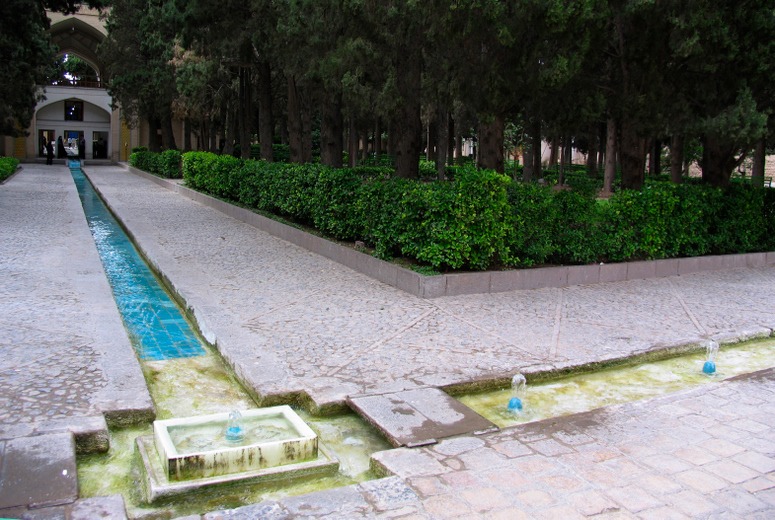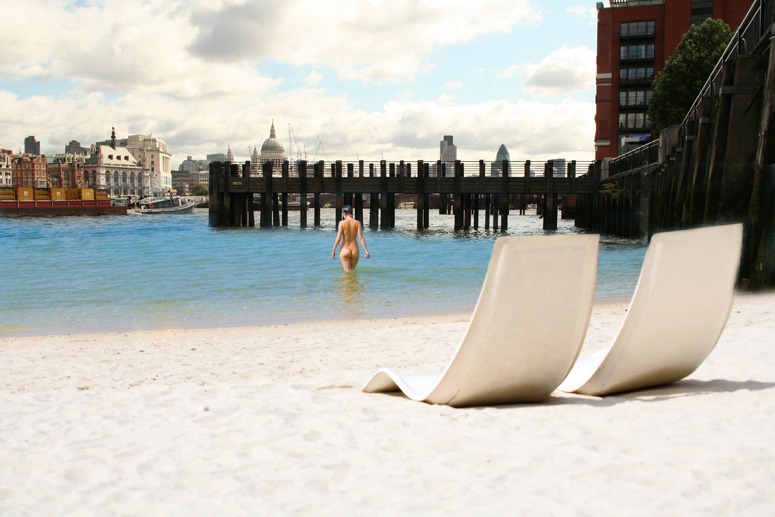I guess she is going to be OK. If wild swimming takes place in the River Thames upstream, as it does, then the biological hazard should be less in the tidal Thames – because the water is salty and salt is a disinfectant. ‘The discovery of a colony of short-snouted seahorses (Hippocampus hippocampus) living in the Thames means that the London river is becoming cleaner, conservationists said…Scientists from the Zoological Society of London (ZSL) have discovered five seahorses during routine conservation surveys in the Thames estuary in the past 18 months, evidence which they say indicates that a breeding population exists.’ The River Thames Website explains the position as follows: ‘The water quality is very good and in fact the tidal Thames is now acknowledged to be one of the cleanest metropolitan rivers in the world’. Thames water is pleasantly warmer than sea water with about 75% of its ‘thermal pollution’ coming from power stations. One man’s thermal pollution is one girl’s heated water. There is also a good supply of mud for her fair skin and she will be able to save money on spa treatments and make a sustainable contribution to combating climate change. One thing which does worry me though is whether she has a sufficient layer of Factor 30 sun screen. If the brave girl is poisoned there will be a public outcry and the River Thames Cleanup, underway since the 1960s, wll then be driven by a popular outcry. I regret that it takes a tragedy to effect reform but as Tertullian remarked, ‘the blood of the martyrs is the seed of the Church’.
Monthly Archives: February 2010
Peak Oil Group Taskforce and the need to plan for greener transport – urban design with veloways and cycletubes?

Planning cycle routes is the healthiest, fastest, cheapest, greenest and most ecological approach to greener rural and urban transport in the coming age of Peak Oil
The snowball effect
Tom once the winter is over you will be free of snowball throwing teenagers! Then perhaps, given your recent acquisition of expertise in the art of dodging snowballs through firsthand experience, you can give lessons on snowball etiquette in urban and rural areas and advice for the unwary…
I found this description of teenage snowball warfare that might be of assistance in compiling the necessary advice.
Here are several scenerios with which to contextualise your advice:
Scenerio One: A seventy year-old was arrested for allegedly pointing a gun at snowball throwing teenagers.
Scenerio Two: The police and hoodies engage in snowball fight.
Scenerio Three: A man kidnaps a teenager for throwing a snowball.
Scenerio Four: Girl throws a snowball at a boy.
Scenerio Five: Police hunt teenagers throwing snowballs at traffic.
Here is some helpful opinions from the general snowball fight interested public. Overzealous teenagers, snowballs and transportation seem to be a particularly potent mix.
Bagh-e Fin garden in Iran – restoration and conservation plan

An interesting conservation resulted from shoving myself into the wall of a garden pavilion in order to take this photograph of the Bagh-e Fin garden in Kashan, Iran
When visiting the Bagh-e Fin, on 15th June 2004, one of the curators noticed me in a painful position outside his office. I was taking a photograph. He asked why I was doing it. I said I was interested in garden history. He asked if I thought the Bagh-e Fin was of equal historical importance to the great gardens of Europe. I said ‘Yes – probally more so, because it is the best surviving example of the world’s oldest garden design tradition, originating in the Fertile Crescent’. But, I said, it could be looked after even better than was then the case. ‘What should we do?’, he asked. I said I would make a proposal and send it to him. As we drove north into the desert, I sketched in the back of the car. A friend translated my comment into Farsi and we posted it to him. A reply is still awaited. In case the Bagh-e Fin Conservation Plan has been mislaid, it is now published it on the Gardenvisit website.
A Persian garden pavilion, with Ardashir and Gulnar
I wish Iran would devote less effort to enriching uranium and more to enriching Iranian gardens and conserving Persian gardens. Persia was one of the central powers in garden history, drawing upon and influencing Mesopotamia, Central Asia, India and Islam. My own modest proposal for conserving the Bagh-e Fin will be the subject of a future blog post.
Omar Khayyám (1048-1131), born in Nishapur, was an astronomer and a garden poet. The Rubiayat of Omar Khayyam, 1120 CE, begins:
I
Wake! For the Sun behind yon Eastern height
Has chased the Session of the Stars from Night;
And to the field of Heav’n ascending, strikes
The Sultan’s Turret with a Shaft of Light.
Awake Morning: For the sun behind yon eastern height.]
II
Before the phantom of False morning died,
Methought a Voice within the Tavern cried,
“When all the Temple is prepared within,
Why lags the drowsy Worshipper outside?”
III
And, as the Cock crew, those who stood before
The Tavern shouted – “Open then the Door!
You know how little while we have to stay,
And, once departed, may return no more.”
IV
Now the New Year reviving old Desires,
The thoughtful Soul to Solitude retires,
Where the White Hand of Moses on the Bough
Puts out, and Jesus from the Ground suspires.
V
Iram indeed is gone with all his Rose,
And Jamshyd’s Sev’n – ring’d Cup where no one knows;
But still a Ruby gushes from the Vine,
And many a Garden by the Water blows.
February in a medieval garden in France
 Europe is still frozen but we should not complain – and perhaps our predecessors did not mind the cold either. This brilliant painting of a medieval garden yard is from Les Très Riches Heures du Duc de Berry. The painting is dated to c1410 – so we can celebrate its 600th annniversary. The wattle fencing is exquisite. The sheep are better protected than on a modern farm. The beehives are in good order and produced a more nutritious sweetner than our refined and dangerous sugars. Mum is modest but the young girl and boy are exposing their genitals to the warmth of a fire. It reminds me of a lecture from the president of the students union in my first week at university. He solemnly informed his audience that if, before intercourse, a man spent an hour with his testicles between two lightbulbs it would reduce the risk of an unwanted pregnancy. I never put the theory to the test.
Europe is still frozen but we should not complain – and perhaps our predecessors did not mind the cold either. This brilliant painting of a medieval garden yard is from Les Très Riches Heures du Duc de Berry. The painting is dated to c1410 – so we can celebrate its 600th annniversary. The wattle fencing is exquisite. The sheep are better protected than on a modern farm. The beehives are in good order and produced a more nutritious sweetner than our refined and dangerous sugars. Mum is modest but the young girl and boy are exposing their genitals to the warmth of a fire. It reminds me of a lecture from the president of the students union in my first week at university. He solemnly informed his audience that if, before intercourse, a man spent an hour with his testicles between two lightbulbs it would reduce the risk of an unwanted pregnancy. I never put the theory to the test.



